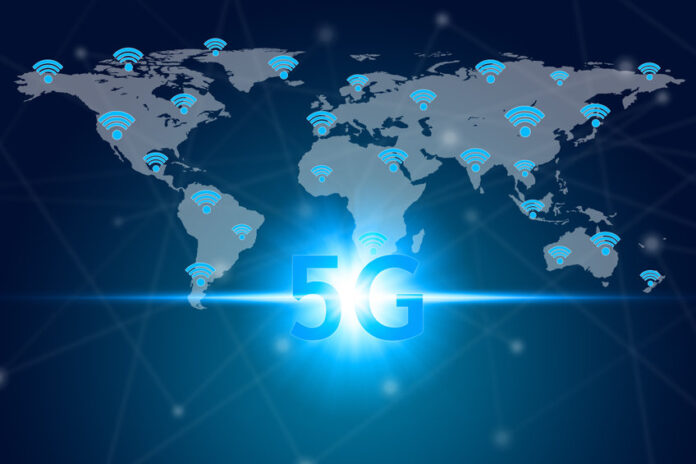Sees 5G Fixed Wireless Access as a way to close the digital divide
Ericsson North America President Niklas Heuveldop recently offered his analysis of the current 5G state of play both in the United States and internationally. He said more work has to be done throughout the ecosystem to develop 5G use cases but he sees some bright spots too. His comments came during an interview with Futurum Research Founding Partner and Principal Analyst Daniel Newman and Moor Insights & Strategy CEO and Chief Analyst Patrick Moorhead, during The Six Five Summit, a virtual event presented by Futurum and Moor.
“We are tracking very well. We are two years faster in the 5G platform rollout than in the 4G platforms. You have over a thousand devices available, 200 plus networks up and running. We’re on a path to surpass a billion 5G subscribers still this year.”
The U.S. was an early adopter of 5G, he said, but it’s been hampered by a slow regulatory process to free up available radio frequency (RF) spectrum for 5G.
“The U.S. was first, but we had a blind spot. We didn’t have a ton of midband spectrum,” he said.
China and South Korea have provided global examples of how to build out 5G networks fast using midband, he said. The U.S. is closing the midband gap, he said.
“I mean, we have one network at 220 million POP coverage, one at 100, and the third one being built fast as the operators now get spectrum,” he said.
5G buildout in the U.S. may have fallen behind some other countries, but Heuveldop said that American CSPs are closing the gap quickly.
“We have over 90 cities with millimeter wave [mmWave] spectrum in the U.S. and that you don’t see anywhere else in the world,” he said.
Heuveldop predicts Fixed Wireless Access (FWA) will be a game-changer for 5G. He calls it a “net new business” for Ericsson’s customers.
“Over 50% of the fixed broadband subscriptions sold in the first quarter of 2022 in the U.S. are fixed wireless. So fixed wireless has a massive role to play in addressing the digital divide and getting that broadband connectivity delivered,” he said.
Heuveldop recognizes there’s still much work to do to deliver on the promise of 5G, especially for industrial applications. He pointed to the floor of an Ericsson 5G-enabled smart factory used as backdrop for the interview which uses advanced automation, but not for everything.
“We’re dragging device manufacturers in here, we’re dragging developers in here, and that’s the ecosystem portion that we haven’t really solved yet,” he said.
The Ericsson CEO acknowledged global supply issues, particularly in the area of semiconductor manufacturing, but also noted that the end-to-end ecosystem of 5G products, solutions, and services is still very much a patchwork that in its early stages.
“A lot of it is on us, the technology suppliers, the operators, but we need to get the devices,” he said. Heuveldop also discussed the industry’s need to circle around standards and open Application Programming Interfaces (APIs) as ways to encourage a rich ecosystem of developers and system integration partners.
Making 5G take off for industry will require more effort from Ericsson and other stakeholders to get developers on board and to explore new use cases for 5G that make sense.
“With 4G, the consumer experience was digitized… that is going to happen now in the industrial context,” he said.
That buildout has to happen in order to 5G to pivot to be a catalyst for emerging technologies like the metaverse, he said. It’s possible now to create that experience under controlled conditions within a laboratory or test center, but getting it working for everyone is a different issue. Heuveldop said Ericsson is working with Meta and other customers at how networks should look in the near future in order to make that technology work for everyone.
“But to take that to the streets on the macro network, takes quite a bit of work to do,” he said.

